Tactile Paving Studs
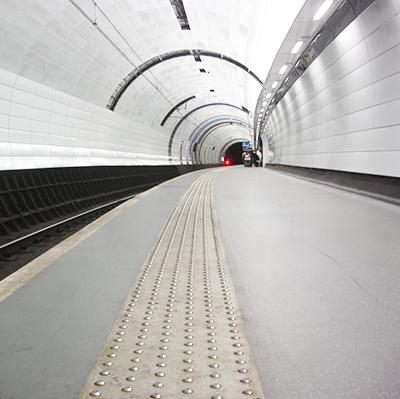
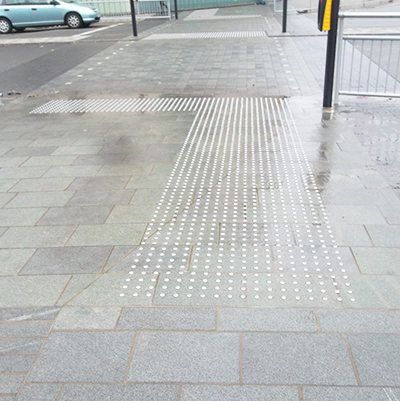
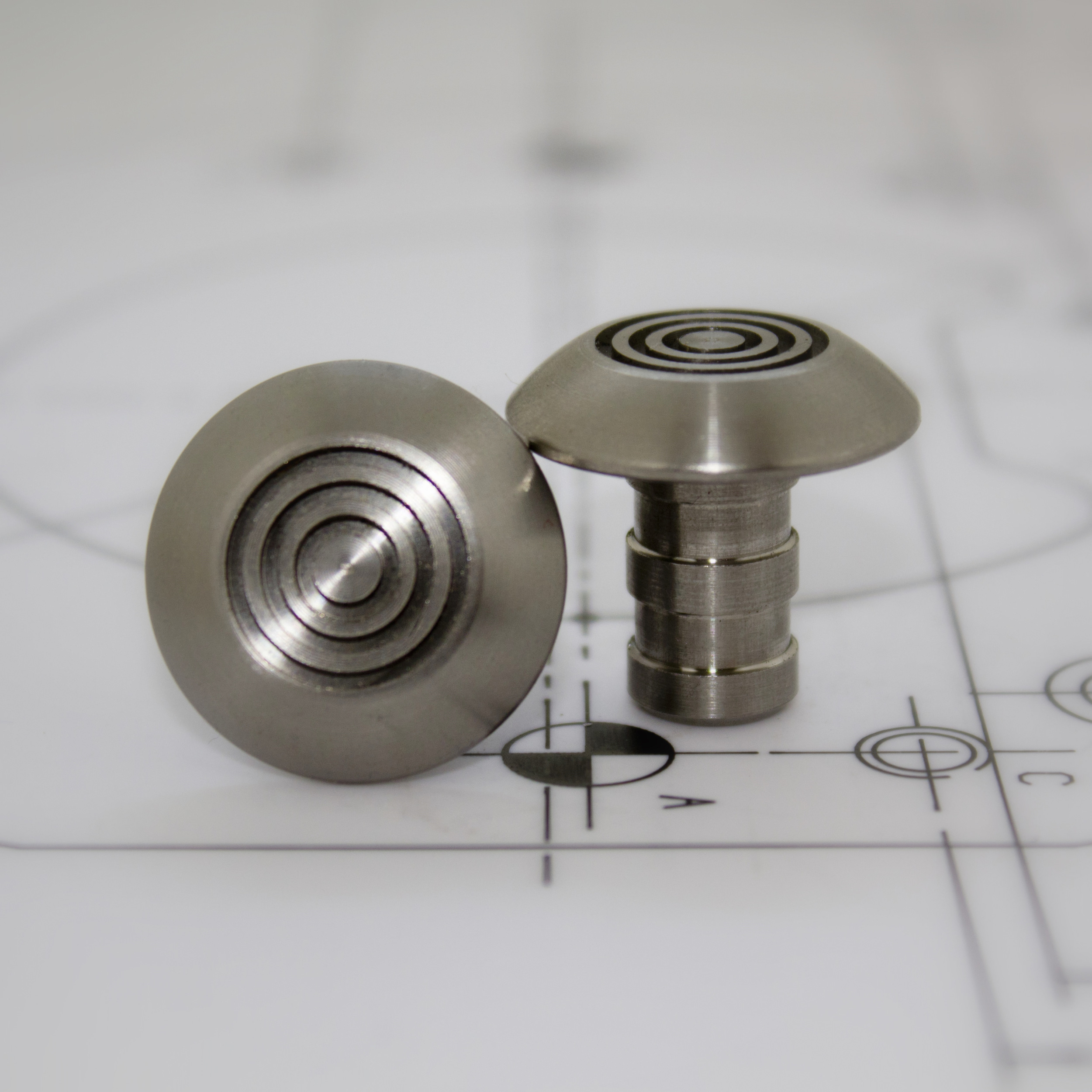
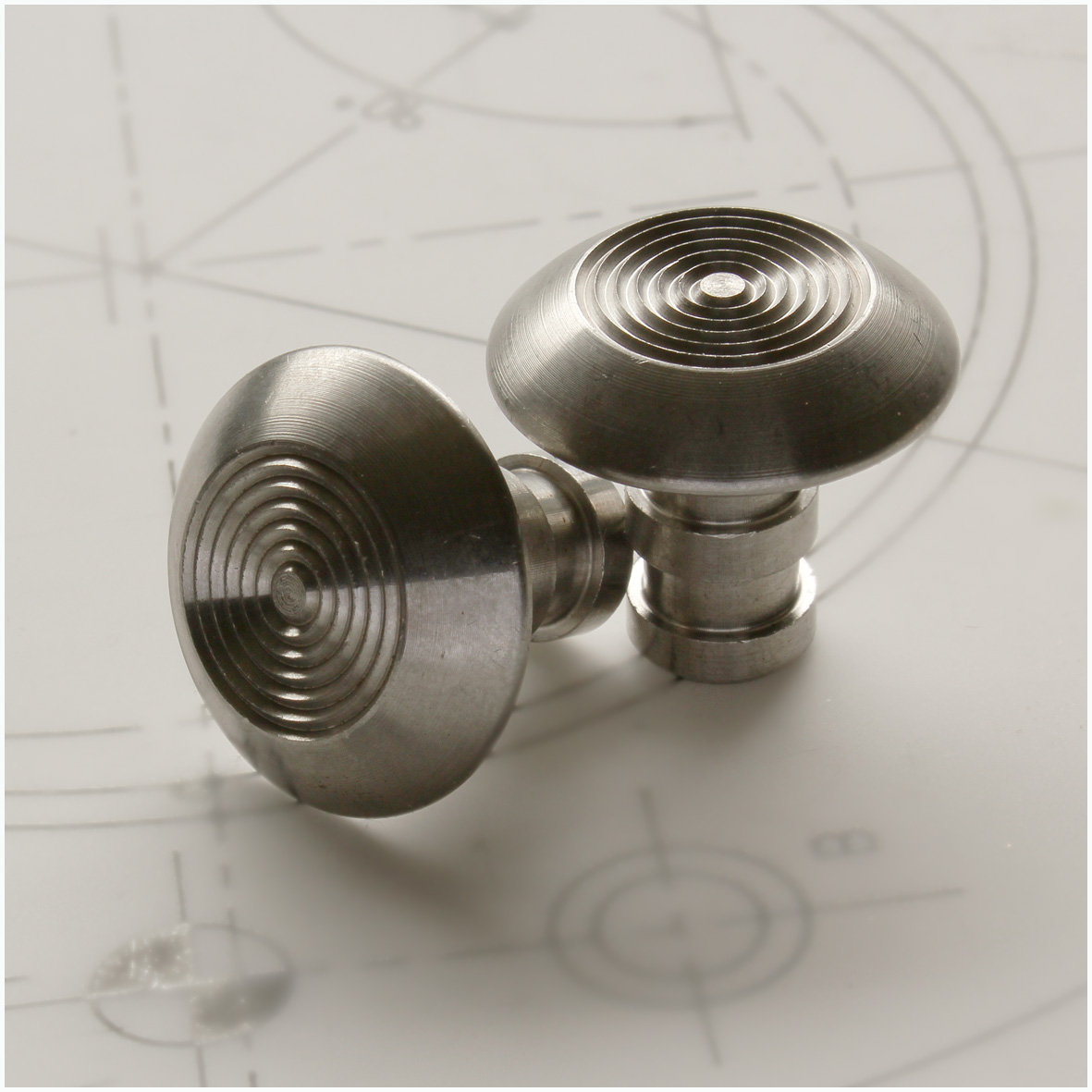
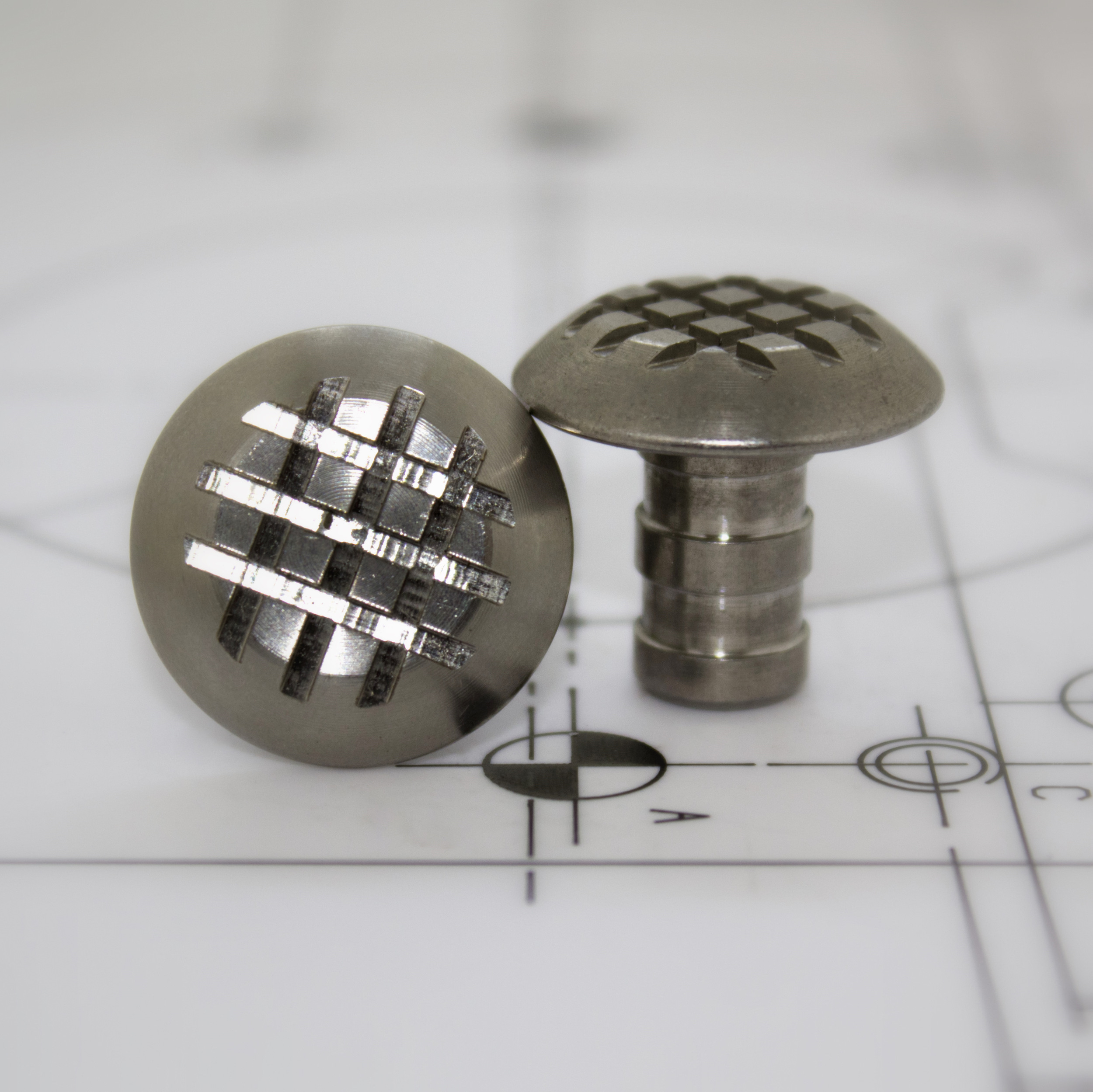
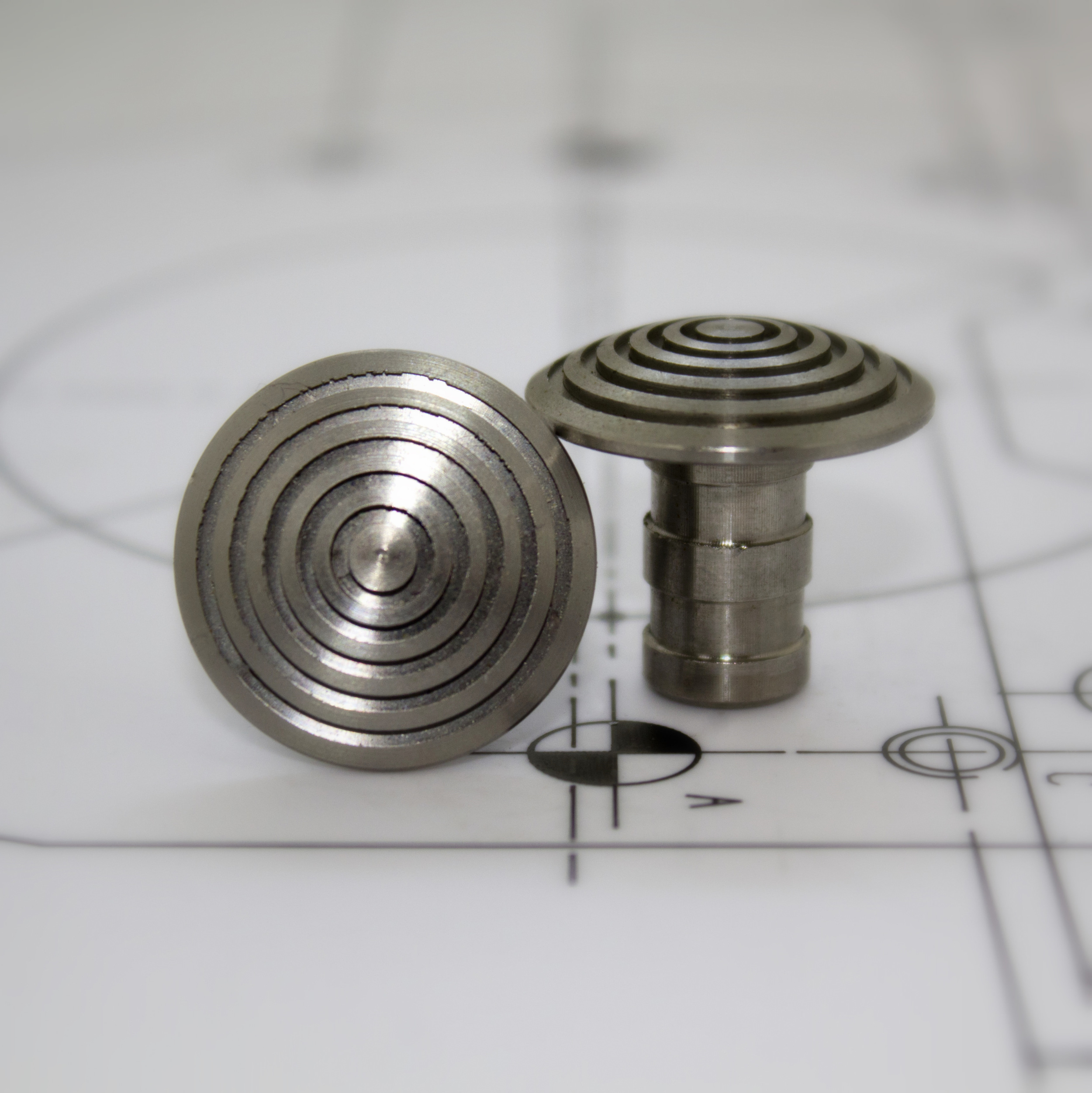
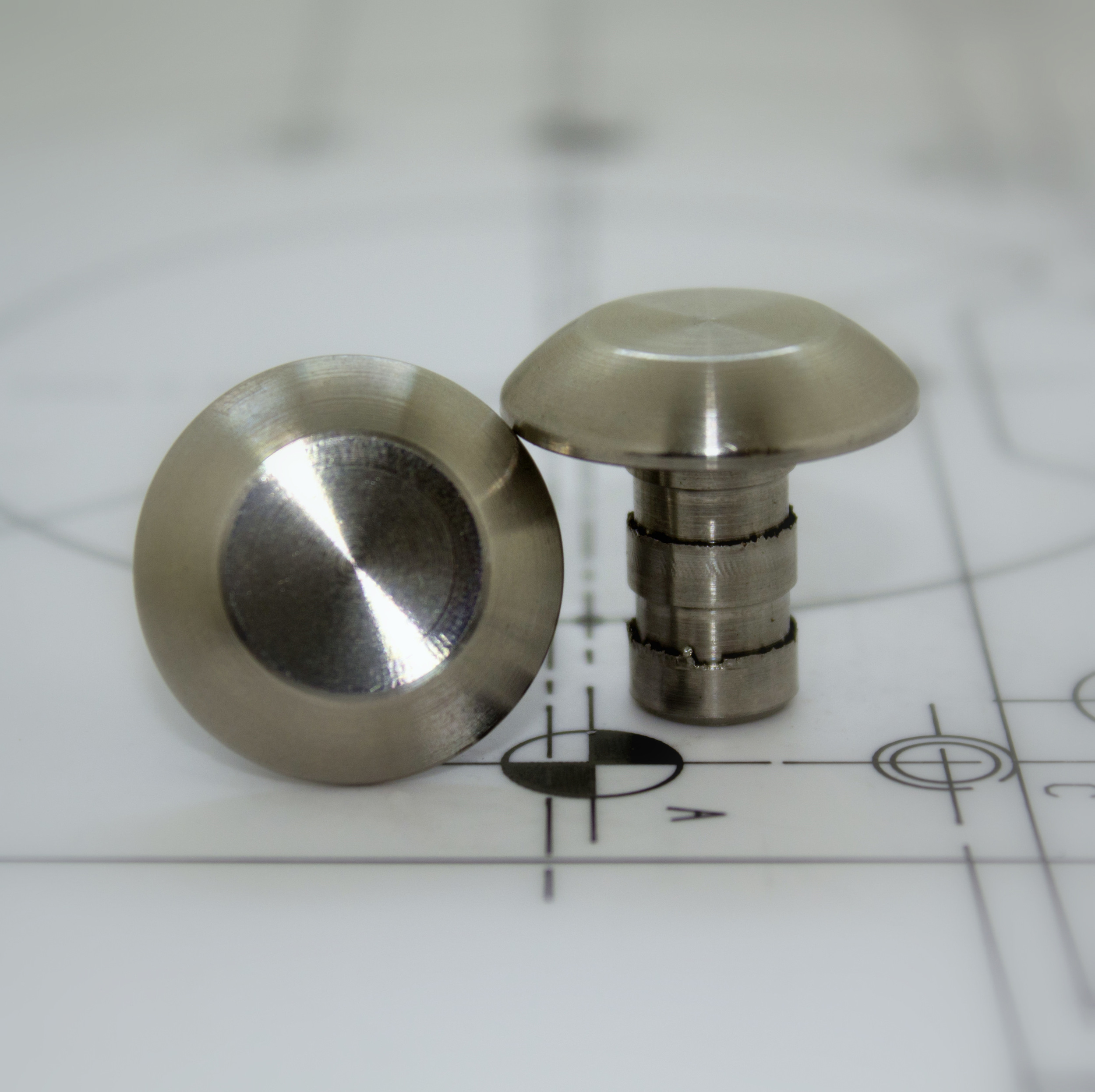



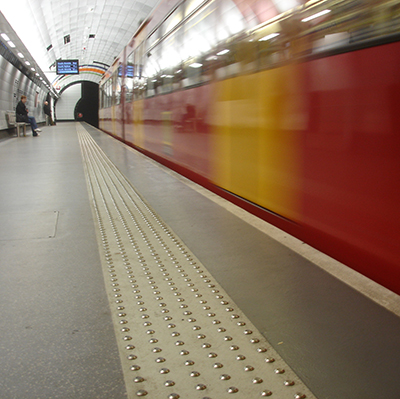
Tactile paving services has worked with architects and building contractors to design a range of tactile paving studs which are fully compliant to the building regulations and the Disability Discrimination Act (DDA)
The studs have been tested by Ceram and all the Tactile Paving Services Limited tactile paving stainless steel studs have passed the slip test in both wet and dry conditions.
Tactile Paving is a system of textured ground surface indicators found on many footpaths, stairs and train stations platforms to assist blind and vision impaired pedestrians.
Tactile warnings provide a distinctive surface pattern of "truncated domes" or cones which are detectable by long cane or underfoot which are used to alert people with vision impairments.
The relatively high cost of having bespoke blister paving manufactured in a stone to match or complement other stone paving in the vicinity has resulted in the use of retro fixed studs that are affixed to standard paving units. The studs are fixed by drilling the paving and gluing into position.
The retro-fitted tactile paving studs are fitted once the paving is installed, and therefore almost any stone paving can now be used for crossing points as the stones ability to be milled to a blister profile is irrelevant
Layout of Tactile Paving Studs
Square Layout
This is the most common type and features Tactile Studs in a square pattern at 67 mm spacing.
These are often used to indicate pedestrian crossings with dropped kerbs. A minimum at 800mm area should be covered with Tactile studs away from the edge of the kerb.
Offset Layout
The second is the offset layout which consists of 6 rows of studs at 67mm spacing and each alternate row is offset at 33.5mm
